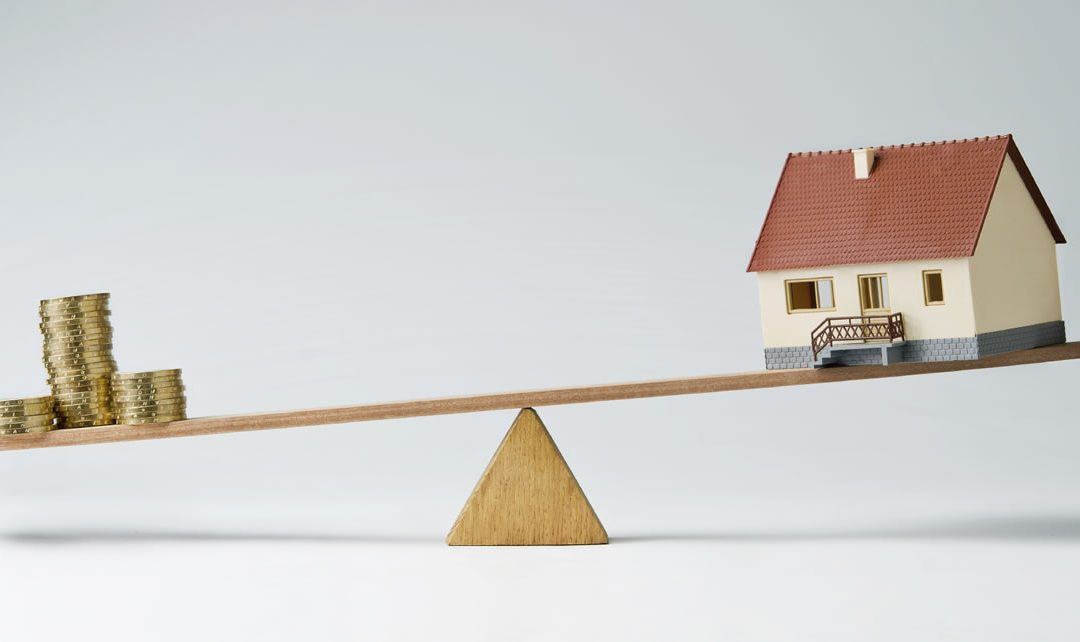If you or your clients own a home in the U.S., there’s a good chance it increased in value over the last few years. If you’re like the many Canadians who bought their U.S. homes between 2009 and 2013 – when the loonie was at or around par with the U.S. dollar – your home may have appreciated between 12 and 15 per cent since that time.
Now, in 2017, the greenback is strong compared to the Canadian dollar. By refinancing your U.S. home, you may be able to use any increase in value and get cash in return. With a “cash out” refinance, your current mortgage is paid off and replaced with a new mortgage. If you have increased equity in your home, you may be able to get cash back for the difference between the current value of your home and your original mortgage amount (as long as you keep at least 20 per cent of the equity in your home). This cash difference – particularly when it comes in the form of U.S. dollars – can go a long way toward funding your goals.
Your mortgage offers a low-interest borrowing option, often making it a smart way to access a large sum of money.
Here’s how refinancing might make sense for you:
- Achieve your goals sooner: Looking to make a large purchase or cover a major expense, such as paying for a child’s post-secondary education, renovating your home or taking a dream vacation? Life-long goals for many Canadians, these events typically require years of saving or the use of higher interest rate credit. If you have equity built in your U.S. home today, refinancing can help you achieve your goals much sooner.
- Pay off Canadian debt: An investment advisor can help you use the equity in your U.S. home to pay off debt in Canada or invest in other options that make sense for you.
- Save on interest: If today’s interest is lower than the rate on your current mortgage, refinancing may make sense. Even if you’re not looking to get cash out of your mortgage, you can refinance to reduce your mortgage payment, helping you pay off your mortgage faster.
There are many ways to assess the value of the home:
- If you’re looking for a ballpark estimate, there are a number of websites that can generate a figure for you, including zillow.com and trulia.com, which provide an estimate of your home simply by entering your address. Realtor.com, the official site of the National Association of Realtors, offers an informative report on your home’s value and comparable sales in the neighbourhood.
- Speak with a local Realtor who can do a comparable market analysis and home assessment for you. If they’re familiar with the area (which they should be), they can give you an accurate reading of how much you could sell your home for today.
- If you’re really serious about refinancing your home, it’s best to get a professional appraisal through the lender you’re considering refinancing with. A cross-border lending specialist such as RBC Bank can help Canadians understand borrowing in the U.S., arrange the appraisal for you, and let you know the amount in cash you can get back once you refinance.
Refinancing your U.S. home can open up some great possibilities for you and your family. Considering all the factors – such as the value of your home today, the closing costs, how long you intend to stay, and the importance of the goals you are thinking of funding – can help you make your decision.
Diane Amato is a Toronto-based freelance writer who wrote this article on behalf of RBC Bank.

















